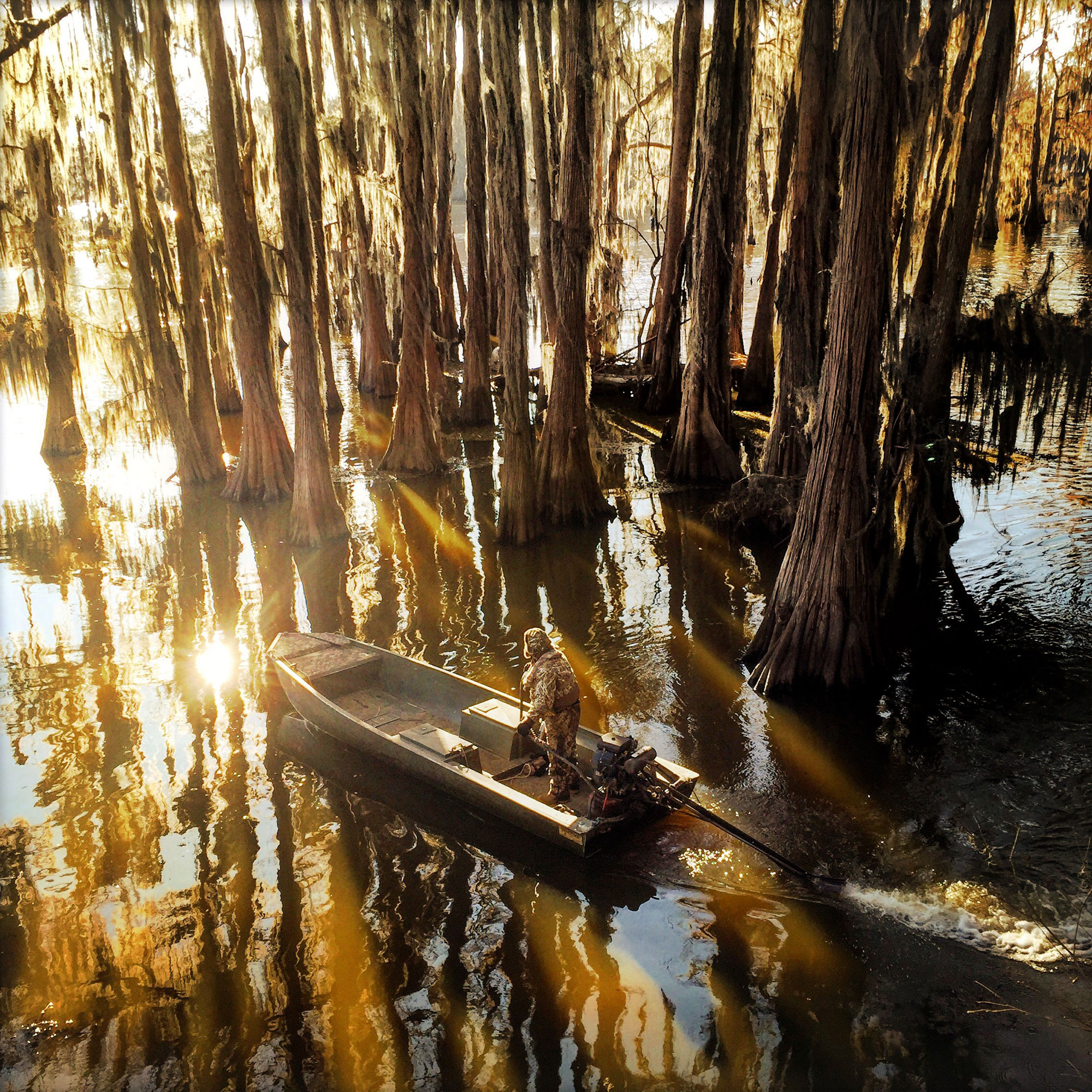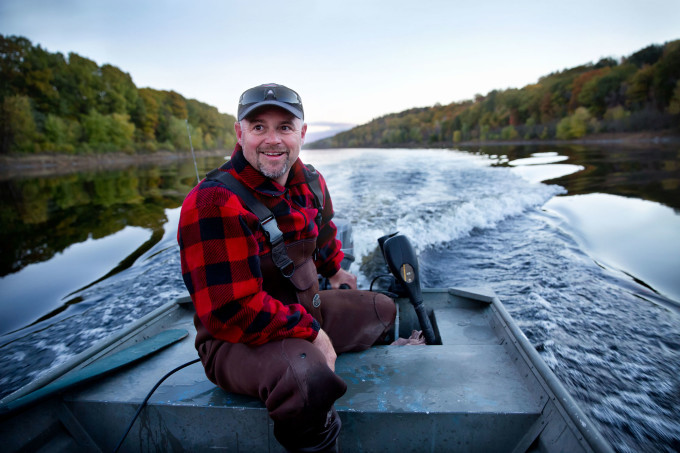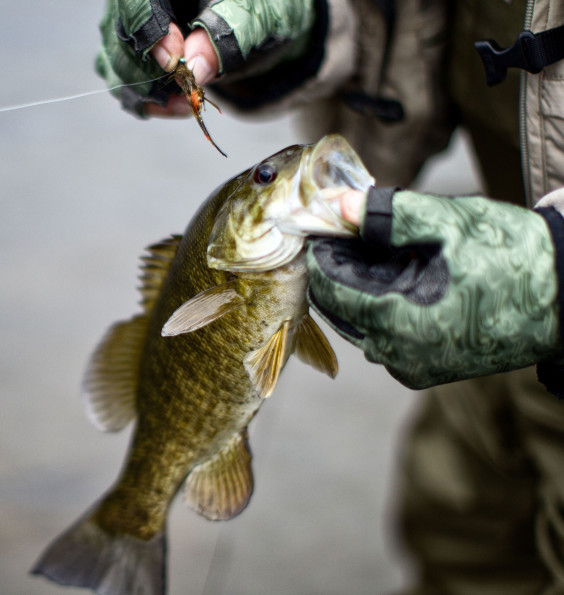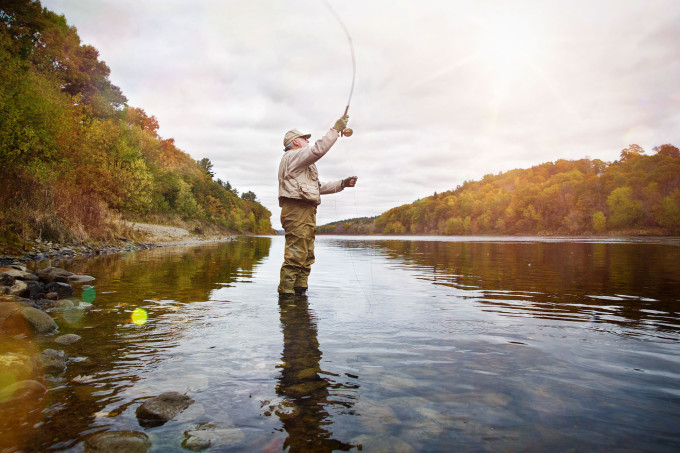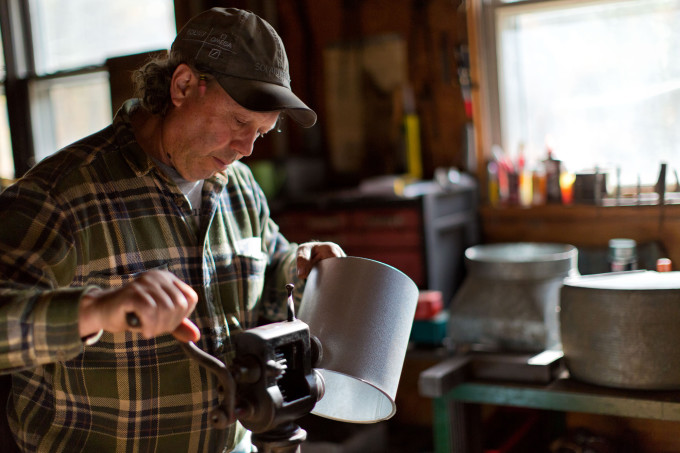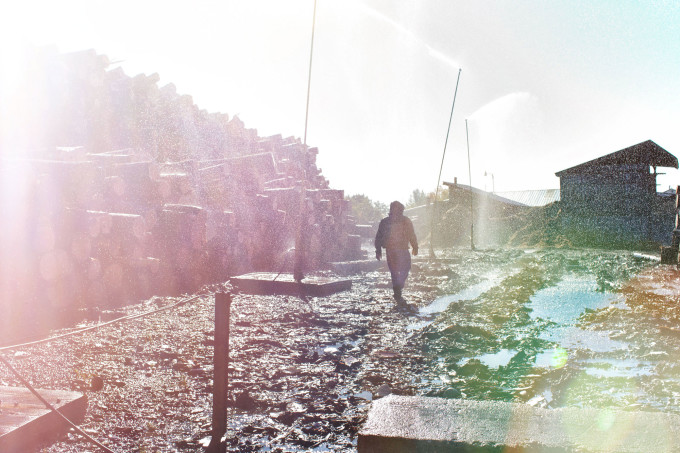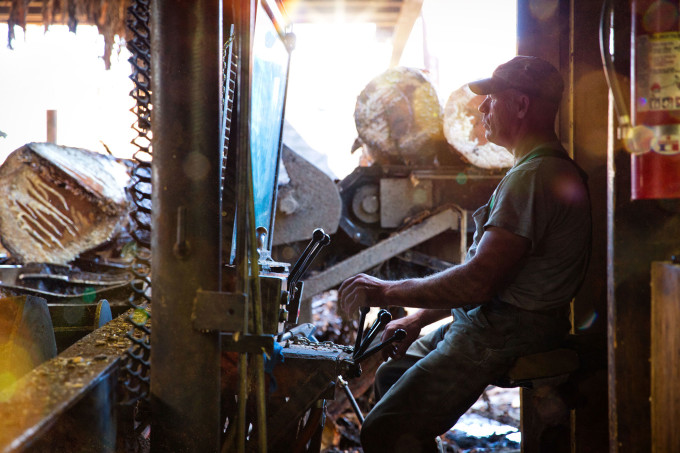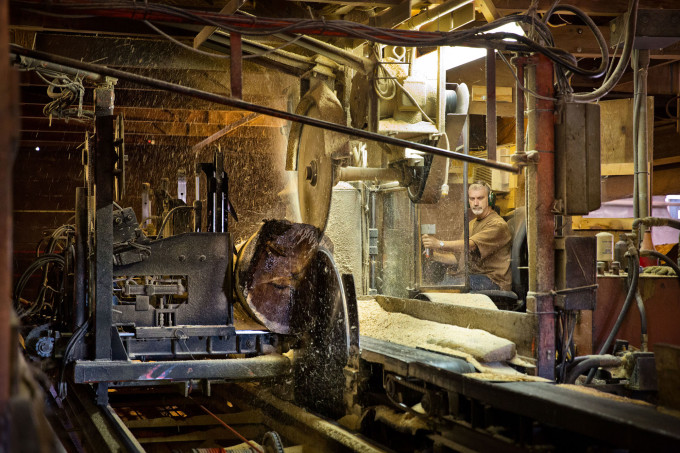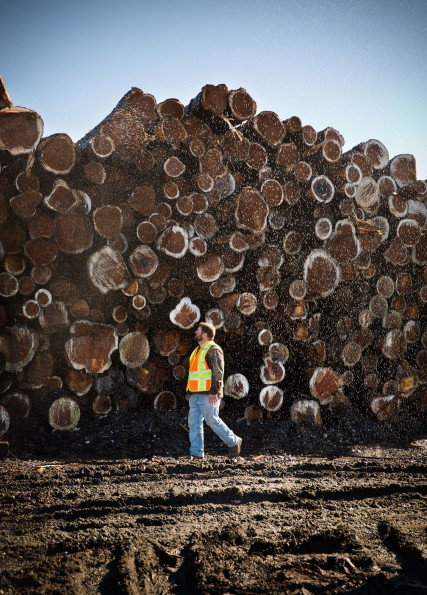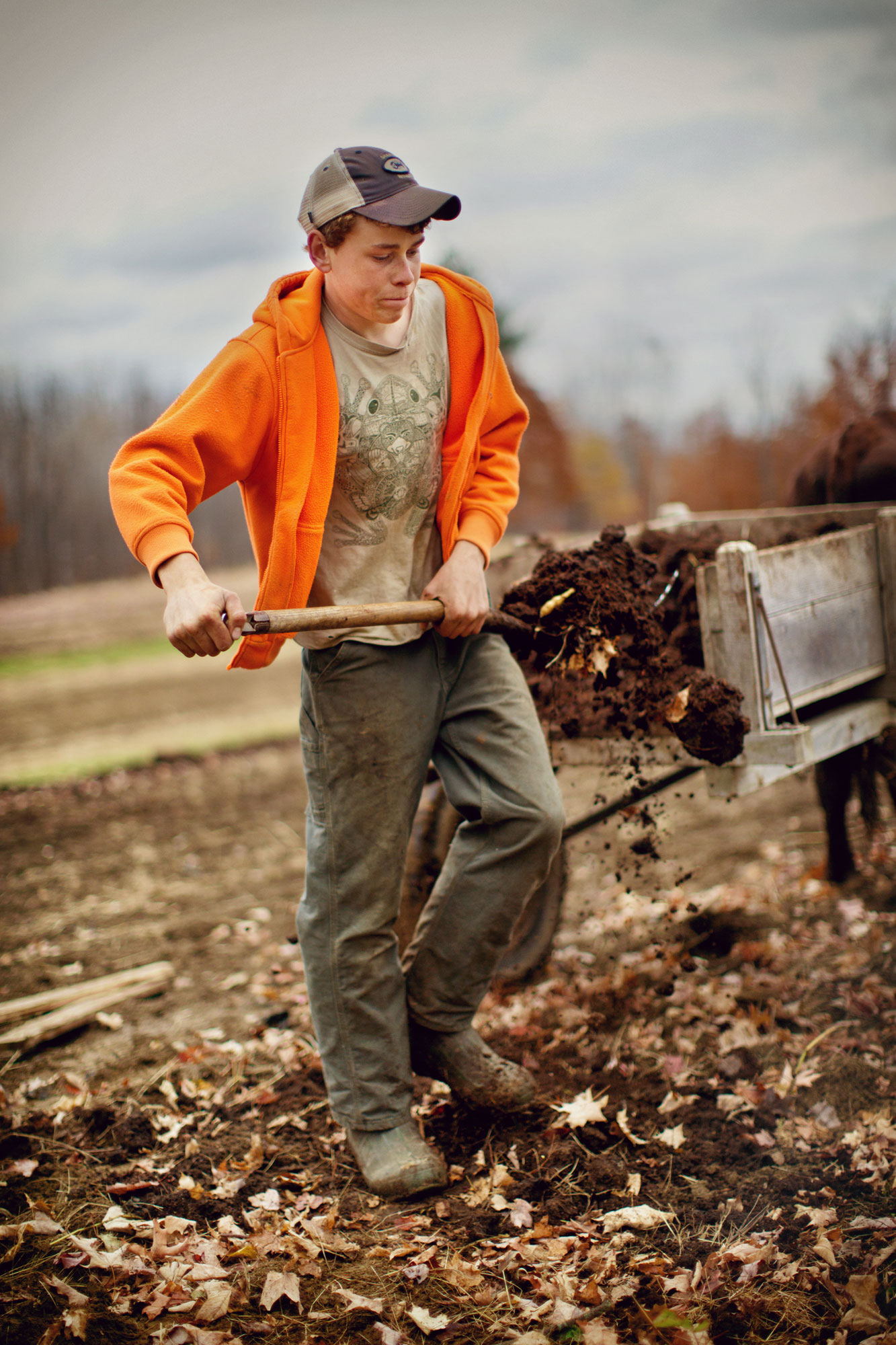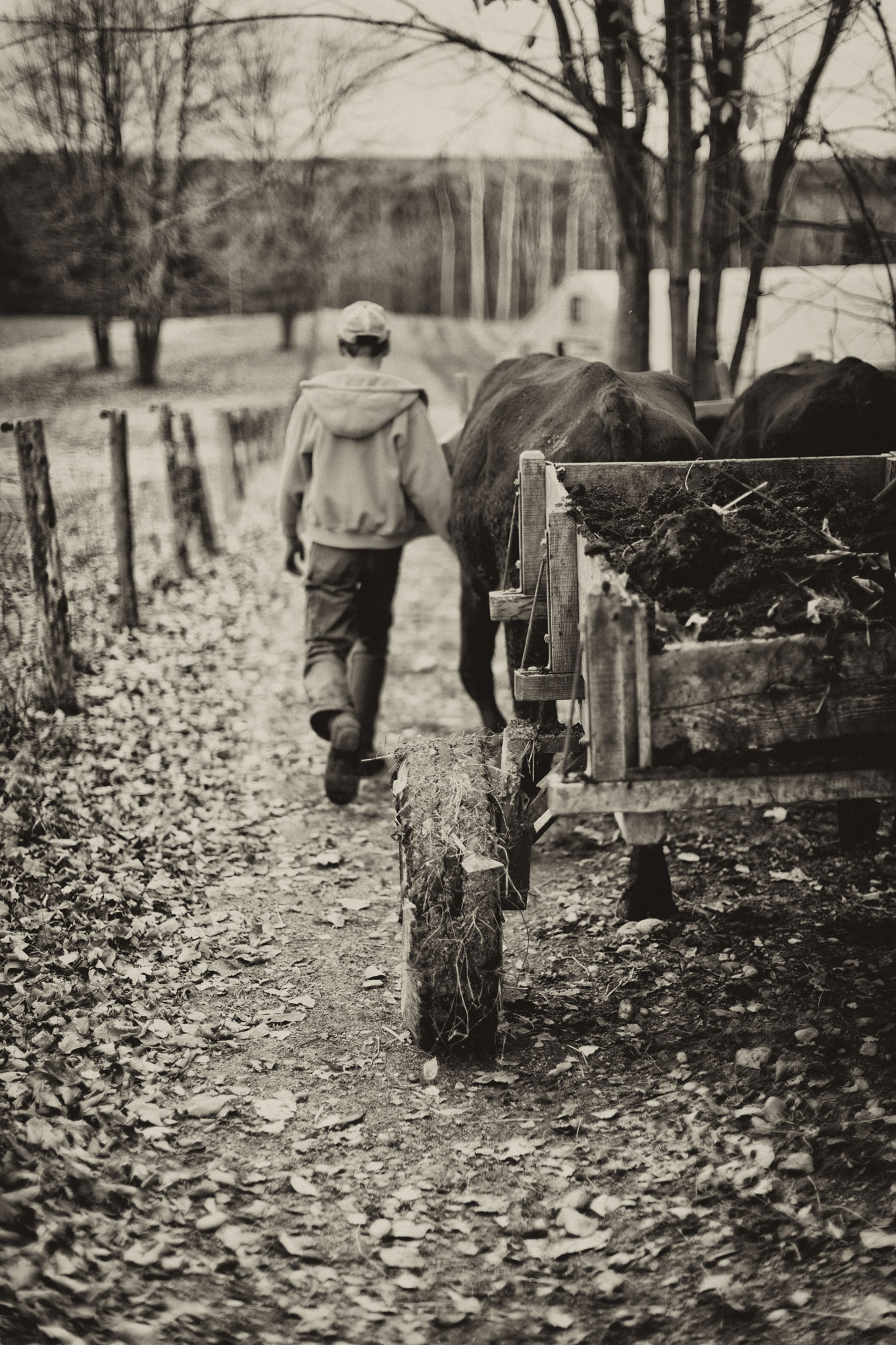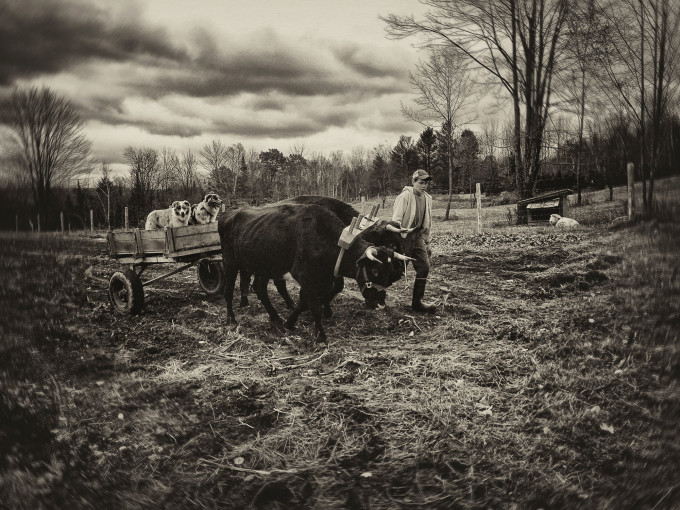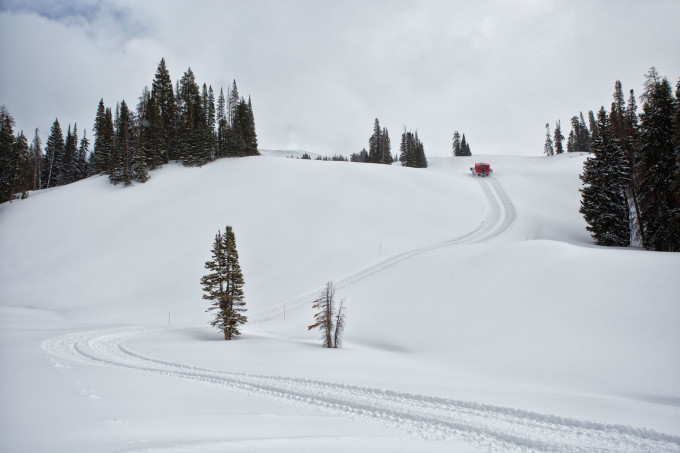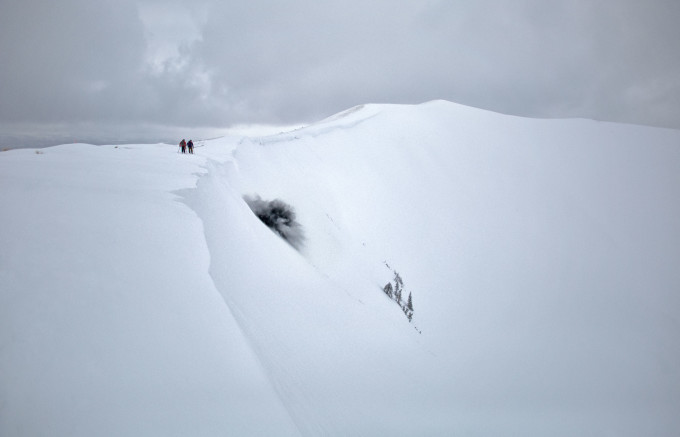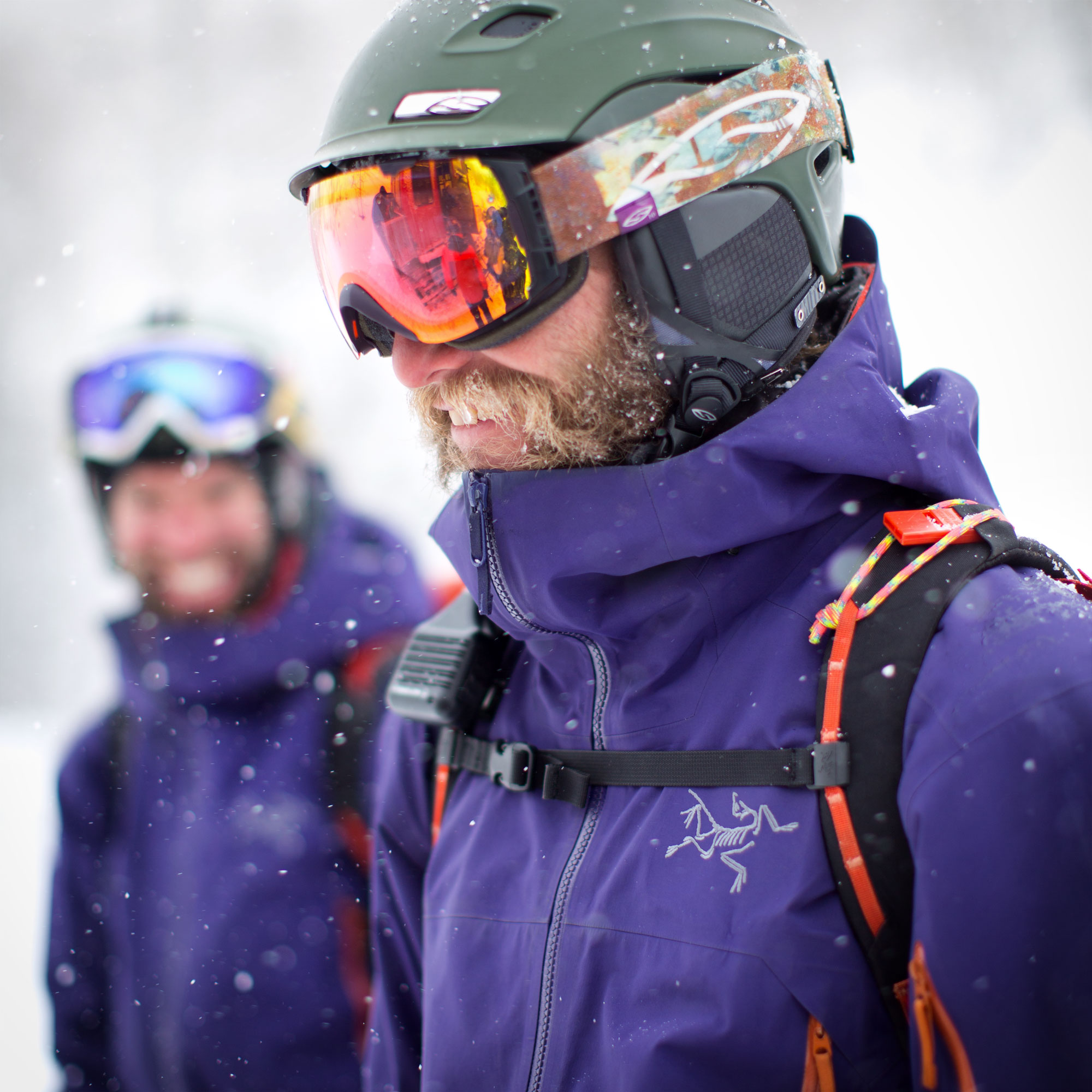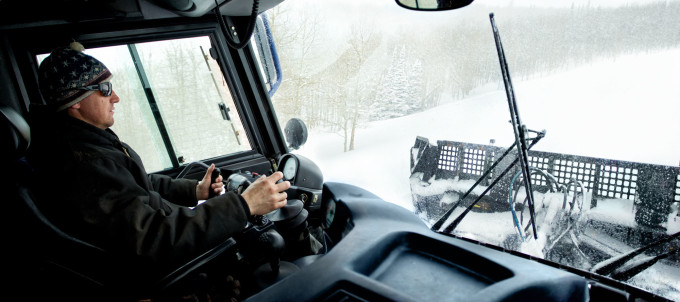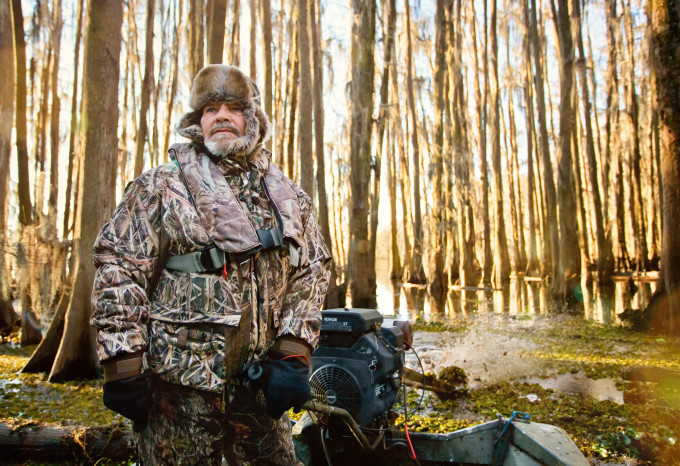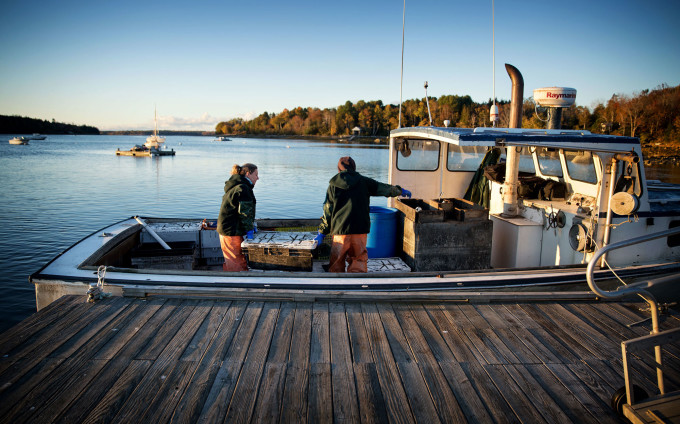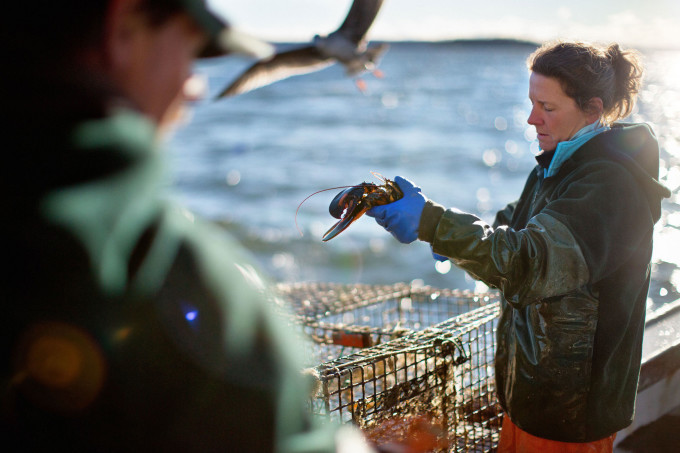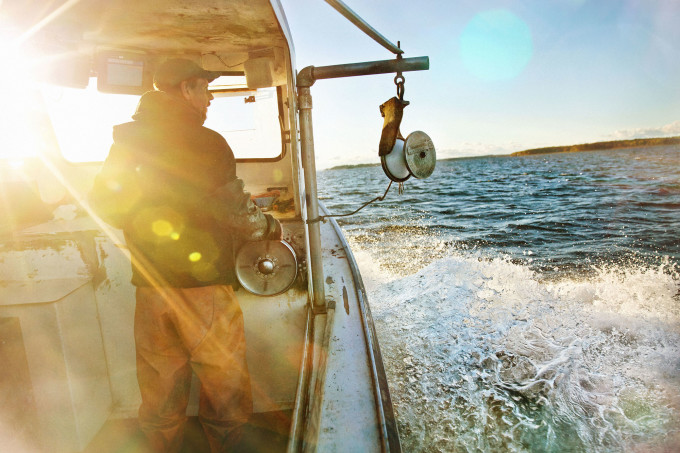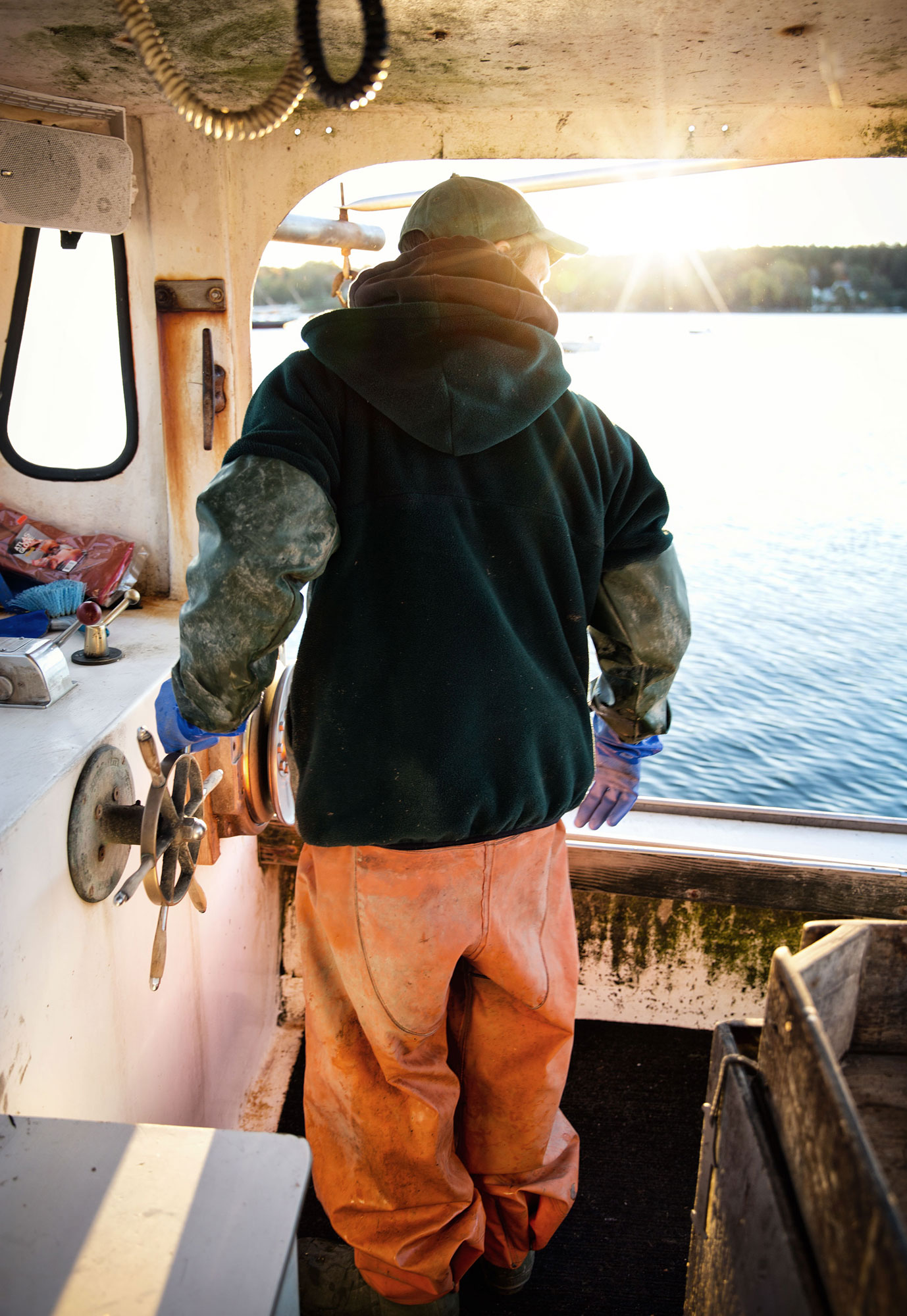All images by Pete Barrett. Used with permission.
Photographer Pete Barrett has created imagery for a virtual who’s who list of creatives, advertising agencies and clients on a national level. He’s been shooting for two decades and has won a large number of awards. His work includes people, lifestyle, sports, and trying to get scenes in the most natural and organic way possible.
So it comes with no surprise that his project “The American Worker” is making the rounds right now. Pete tells us that it was a branch from another project; and that it really came about during his travels. The main idea, to Pete, is to meet loads of different folks and document all walks of life.
In some ways, you can call it a blend of photography and sociology.
Phoblographer: Talk to us about how you got into photography.
Pete: I started shooting photos back in high school and followed the process through photography school at the SouthEast Center of Photographic Studies in FL and then was a freelance assistant for several years for a ton of photographers working on everything from small stuff to major international campaigns. This was followed by work as a freelance producer for a couple years in the mid 90ʼs for some fairly big name shooters like Annie Liebovitz, Lee Crum, Clint Clemens and the like. I started shooting on my own in 1995. I learned a lot those years and folded that knowledge into what would become a pretty decent photo career.
Phoblographer: What made you want to get into doing documentary projects like this?
Pete: The American Worker Project was actually a branch of another project I am working on. You see my wife suggested a few years back how great it would be to get an RV and travel all over the country and I could plan shoots wherever we go. The plan was to set out across the country and see as much as we can see and shoot everywhere we go, stopping the journey periodically whenever work calls to hop on a plane and shoot whatever jobs we get, then pick up where we left off…
I had lengthy discussions with my rep and others about what types of things I could shoot while on the road. Beyond the obvious subject of shooting in the many great locations we are going to travel to, what stood out more to me were the various interesting people we will meet along the way.
Phoblographer: Talk to us about the idea behind “The American Worker” it seems like lots of the jobs are featuring those amongst us that do blue collar work.
Pete: The main idea is to meet as many people I can and document the many things they do of all walks of life. I’ve always been interested finding out what people do for a living. Who they are and what they do. When you dig just a little, you find that people have pretty interesting stories and there are a ton of great visual stories to be told.
Itʼs true that many of the jobs are blue collar, like the farmers, mill workers, lobster fishermen and sheet metal man, but I am going beyond that… to people with interesting adventure type jobs such as the backcountry powder cat ski guides, various fly fishing & bayou swamp guides and avalanche control people. Iʼm also shooting various artistic craftsman types like the glass blower and reclaimed furniture makers in New Orleans and the handmade wooden boat builder in Maine.
Phoblographer: When you went into this project, did you have a specific vision of what you wanted for it in the end? How did that vision evolve as you went to new locations and photographed new people?
Pete: The immediate use for this project is to create a new body of work for the portfolios that myself and my reps can use to generate advertising assignments. We are targeting any number of clients from car manufacturers to banking, clothing and shoe manufacturers to home goods and beverage companies.
This type of work seems to resonate with clients of all types. It has that “Made in America, American pride” thing going for it and everyone loves it.
Ultimately though after a while, I see this work coming together in a book project and possibly a series of gallery showings further down the line.
Phoblographer: Each of these people is representative of a profession, so what thoughts were going through your head to make these folks really personify the work that they do?
Pete: That is something that I feel comes naturally. I do my best to visually tell the story of what they do by exploring as many different angles and aspects of what their job entails. Some jobs are more difficult or maybe happen in harsh conditions… they require serious concentration to do what they do to not only provide a service or create a quality product but to do it safely…. other jobs are more exciting and fun and I try to show that as well. Ultimately I want to show not only what the job entails but also give the viewer a look at who this person is…. Really let their personality shine through wherever I can.
Phoblographer: What was it like editing the images? By that I specifically refer to the process of choosing the images for the project since you probably shot a whole lot of them. What was important for every photo to have?
Pete: Editing can be a long process. Not everything I shoot makes it into the collection. Sometimes the chemistry is just not there or the subject matter just does not shine through the way I would have hoped. This is not necessarily anyoneʼs fault so much as a result of any given circumstance on that given shoot day. Ultimately I am looking to portray these people in the most respectful manner I can. I want to create images that are not only interesting but create an emotional response and come across in the most organic or real way possible. Whether that be in the form of excitement, intrigue or nostalgia I want viewers to be drawn in to my subjects and want to see more. I want to make images that show the excitement of what they do if it is an exciting job or the pride they take in their work with the things they do or create.
Some people I would love to shoot would be people with dangerous or heroic type jobs, like first responders or fire fighters or iron worker and coal miners… but to really capture the essence of what they do would require some pretty dangerous situations that they may not allow me to get into for risk of getting in the way, endangering the people they may be saving or even putting myself at risk. The last thing I want to do is put someone at risk for the sake of making images to tell a story. Safety first right? This is where my strengths of complex production come in as these types of shoots may have to be staged and choreographed to look real and tell the story of what their job can be like… but be done in a controlled manner where no one will be harmed in the process.
Phoblographer: Talk to us about the gear that you used.
Pete: For the most part, I have been keeping it simple. Mostly just myself and maybe one assistant and if we bring lighting at all, it is a simple one or two light package with at most an octagon box. Mostly I am shooting natural light wherever I can. Iʼll even turn lights off and use window light many times to give it more of a cinematic look. I do not want to be bogged down with lots of gear. Most of these people Iʼm shooting are not used to being in front of a camera and the more gear and production you introduce the less natural people can be. I want to make these people completely at ease with me so they look comfortable and not awkward.
Phoblographer: How did you go about explaining the project to the people you photographed and getting permission to take these photos?
Pete: People have been very receptive to this project and for the most part have been eager to be part of it. The best way to explain the project now to people is simply to show them what I have done thus far… I let the work speak for itself. Then I will explain to them what it is about what they do that I would like to capture for the project and they are generally on board pretty quick.
Phoblographer: What was one of the most memorable moments that you’ve had so far when shooting for this project?
Pete: The coolest shoot thus far was working with the people at Park City Powder Cats in the high Uinta mountains in Utah. I am an avid snowboarder and the ultimate goal for anyone who boards or skis is the search for untracked powder. These people are in the business of delivering just that. They guide their customers to days of nothing but the best untracked skiing available in the country. In the process of shooting these folks doing their jobs I was treated to some of the best riding conditions I have ever experienced in over 20 years riding. We spent two days in a hammering snow storm in massive bowls with just myself and the guides with 10 of their customers taking run after run in a private powder cat that would bring us back up the mountain for our next virgin decent. Pretty hard to top that one! Other very cool experiences have been spending the day with lobster fishermen in Maine and going out in the backwoods bayous with guides in Texas and Louisiana. In the coming weeks I will be shooting fly fishing in Utah, hot air ballooning in Arizona and then we head west to California and up into Oregon for the summer.
Phoblographer: So what’s the marketing and promotion plan for this project? How is it going to get you more work?
Pete: I am pushing this new work very hard in all the usual venues. We are aggressively posting in all the social media channels, I have a publicist working for me sending out press releases getting articles written about the project. We are showing the images in my sourcebook ads, email campaigns and direct mail. I am currently doing a 20 page 6.5 inch x 8 inch booklet that will go out to 3000 clients as well as targeted custom prints to a smaller group of select clients that will go out every couple months. I also printed a hard cover book to supplement my regular portfolio to be shown to clients when going on in person showings.
Response thus far has been amazing. Everyone I talk to has shown great interest in our travels and the people we are shooting. I have had several clients follow up with me more than a week after seeing them, telling me they were thinking about my trip and giving me suggestions of people that I should contact. The cool thing about this is it not only gives me more subjects to shoot but it means that people are still thinking about me and my photography long after I contacted them. I am not just seen and forgotten, but rather, on top of their mind. Many of them now follow me on Instagram and hopefully this will lead to more opportunities to collaborate on a project together down the line.
As far as actual jobs? So far the project has led to several very good job opportunities. We were recently considered for a huge national campaign for Samsung and are currently bidding jobs for a major financial investment firm and a cancer hospital all based on seeing the new work.


